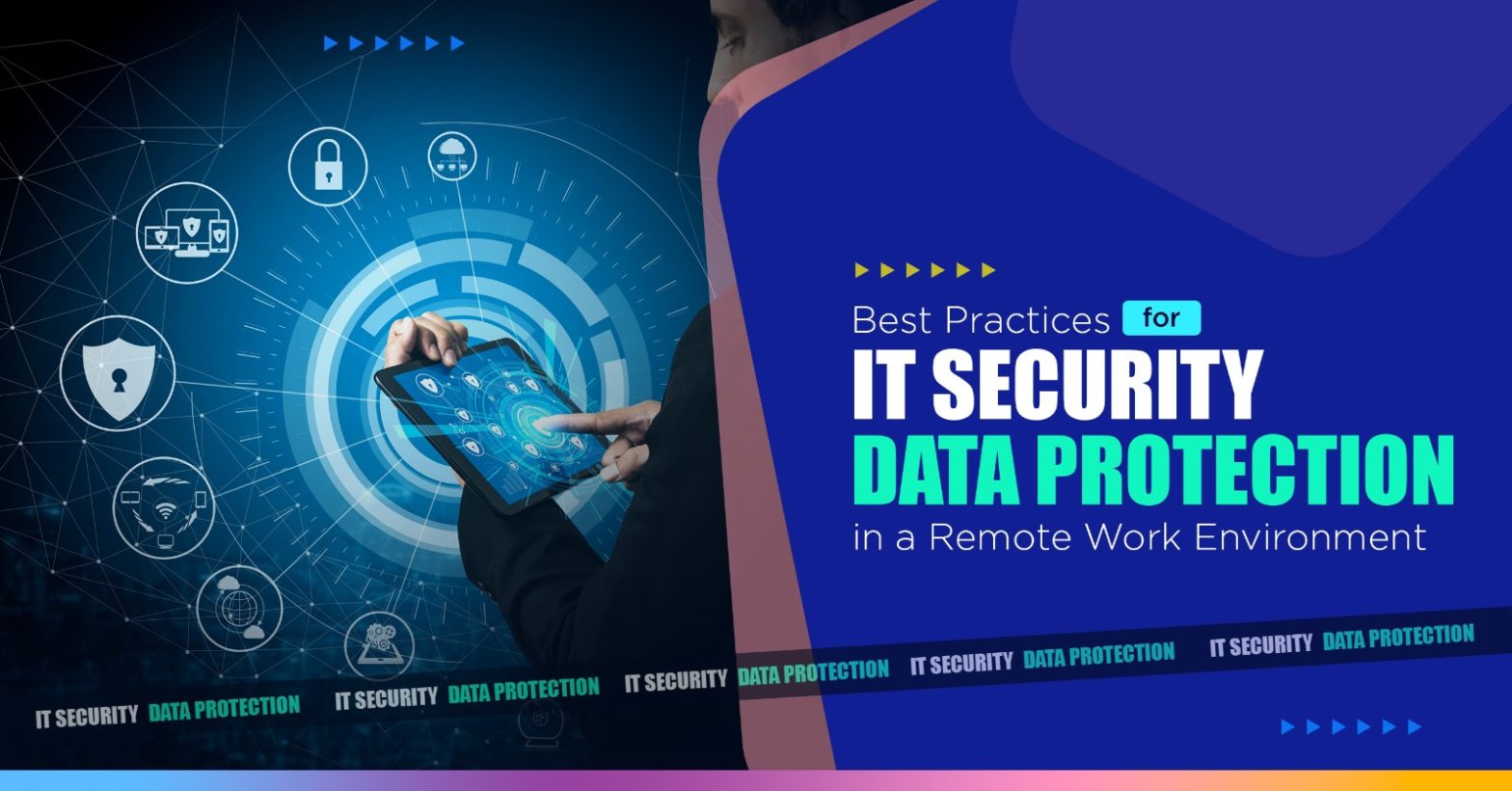5 Ways NetSuite Helps your E-commerce Business
Posted On March Thursday 4, 2021

While “digital disruption” today seems to be a buzz phrase the first of its kindemerged in the 1960s and changed the way the world communicated—the precursor to the Internet was born. The first e-commerce transaction ever recorded was the sale of marijuana by students from Stanford to those in MIT over the ARPANET, an early implementation of the Internet.
But it would be 22 years before the first real e-commerce transactions would take place. Fast forward to the future. Nearly 22% of all apparel sales and 30% of all electronics sales happened online in 2018. That’s nearly as much as one-third of all sales for these very product categories in retail. So, becoming an ‘e-tailer’ is a necessity today, even for well established brick and mortar stores around the world. Just so you know, Walmart’s e-tailing business grew as much as a whopping 33% in the year 2019.
Needless to say, being a serious online player requires transitioning from legacy to solutions that enable your processes & people, digitally. Core processes & ERP still largely legacy or SAP / Oracle based make it difficult for cloud to be integrated into the mix.
This is perhaps one of the key reasons why e-commerce giantsprefer a cloud ERP like NetSuite to manage their retail experience. The fact that Netsuite or its predecessor NetLedger was always a SaaS solution makes it better in terms of cloud maturity as compared to its counterparts. Here are 5 ways to keep your topline and bottomline “suite”:
A single, integrated solution for an omnichannel retail existence
NetSuite is a single, integrated cloud solution that helps manage customer interactions across multiple channels and touchpoints. It’s a comprehensive ERP plus CRM that keeps track of not just organizational data but customer data as well, and since the ERP and CRM here are “very much on talking terms”, the data synchronization is very good. Add to this, the 360-degree view that is available in NetSuite provides senior executives in management an idea of the revenue mix and supports budgeting and forecasting. This allows for effective Xsell, upsell, predictive analytics based promotions and crafting an optimized revenue mix for your organization.
Inventory optimization for decreased operational costs
Inventory management is complex for e-commerce businesses, not just because of the multiplicity of product verticals but also geographical spread, delivery speed, low per unit margins& overall experiential competitiveness. With the trend moving towards micro-personalization, being proactive & predictive when it comes to consumption trends & user behavior is the mantra for being in the lead.
This directly translates into accurate forecasting & movement of inventory in line with market demands for your product/product category. NetSuite’s inventory management system allows you to reduce handling costs and optimize cash flow by better inventory forecasting based on actual figures of the inventory—item count, cycle count etc.This in turn allows for more of the “merry days” when you’ve been able to meet demand head-on and less of the “days of lull” when you are desperate to get rid of dead stock sitting on your shelf.
Easy consolidation ofsales revenues across channels & locations
Inventory management is complex for e-commerce businesses, not just because of the multiplicity of product verticals but also geographical spread, delivery speed, low per unit margins& overall experiential competitiveness. With the trend moving towards micro-personalization, being proactive & predictive when it comes to consumption trends & user behavior is the mantra for being in the lead.
This directly translates into accurate forecasting & movement of inventory in line with market demands for your product/product category. NetSuite’s inventory management system allows you to reduce handling costs and optimize cash flow by better inventory forecasting based on actual figures of the inventory—item count, cycle count etc.This in turn allows for more of the “merry days” when you’ve been able to meet demand head-on and less of the “days of lull” when you are desperate to get rid of dead stock sitting on your shelf.
A Seamless ERP + CRM existence
User behavior is determined by lifestyle changes and the trend for Millennials and the Generation Z is to shop online for most of their personal and / or daily needs. However, with these segments instant gratification is the need of the hour and it could be the difference between loyalist and a troll! One-day shipping service offered by e-tailers further diminishes to a certain extent the main benefit of visiting a brick and mortar store—an immediate receipt of the goods. However, for this segment of customers, online research plays an important role in decision-making and they will not depend on just what’s on your website to make a purchase decision. There needs to be more information about your brand online, reviews, paid ads, email campaigns, promotions based on purchase history etc.
With NetSuite’s360-degree view, based on demographical and geographical data,you can completely map your consumer’s journey and push the right buttons!NetSuite’s advanced marketing module allows you create data backed campaigns which are more personalized in nature. Moreover, Netsuite is not just an ERP solution, it is supported by an equally strong CRM suite which takes care of any integration issues that you may normally face. On top of this, Techcloudpro’s proprietary “SuiteSpots” help with connecting your ERP+CRM suite with any open source e-commerce platform that you are using as a shopfront.
A weighty bottom-line with reduced TCO
On-premise solutions offer local ownership of hardware, software, and data. However, the cost of maintaining servers, the cost of licensing the software for the servers, and the cost of upgrades over the years as your business grows can be financially crippling for your business. Your problems are compounded by the fact that, typically the on-premise existence is based on legacy systems nd for it to be suitably integrated with cloud, you would first need to re-architecture bits and pieces of it into loosely coupled codes for DevOps enablement & digitization – longer process, far more costly.
eports suggest that 60 – 70% of IT spends in multinationals and larger corporates go into legacy maintenance so that core business processes do not get affected. With, NetSuite which is a cloud ERP one can get around this faster, without any downtime, allowing you access from even a mobile phone anywhere and at any time. But most importantly, the total cost of ownership works out to be way less than an on-premise solution.
These are just some of the advantages, explained briefly. There’s a lot more! So, let’s talk!

